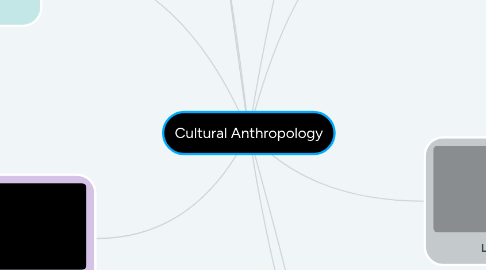Cultural Anthropology
by Christian Alvarez

1. Human Origins
1.1. “The evolutionary process by which some organisms, with features that enable them to adapt to the environment, preferentially survive and reproduce, thereby increasing the frequency of those features in the population.” (Guest 165)
1.2. Evolution is part of human nature, it allows humans to adapt to changes, in specfic, adapting to environmental changes, humans can easily mantain offspring, overtime those characteristics stay in populations through many generations and help humans survive.
2. Gender
2.1. "Cultural construction of gender is the ways humans learn to behave as a man or woman and to recognize behaviors as masculine or feminine within their cultural context.” (Guest 275)
2.2. People are born with biologic sex, but gender is learned. The genders male and female have been constructed by society through culture. At birth parents begin to assign roles to the infant that are deemed acceptable by society. Roles vary by sex but range from, attire, expression, and actions.
3. Sexuality
3.1. Kinsey and later sexologists found that human sexuality did not fit into simplistic categories. Same-gendered attraction, fantasies, and experiences were much more common than previously thought. Furthermore, sexual behaviors could shift over the course of a lifetime, spanning both heterosexual and homosexual activity.” (Guest 324)
3.2. The Kinsey scale demonstrates that sexuality does not fit into categories since sexuality is fluid amongst humans, people's sexual interests can vary at different stages in life.
4. Ethnicity and Nationalism
5. Religion
5.1. “The final ritual stage, reaggregation or reincorporation, returns the individual to everyday life and reintegrates him or her into the ritual community, transformed by the experience of liminality and endowed with a deeper sense of meaning, purpose, and connection to the larger group.” (Guest 580)
5.2. The reincorperation is a final stage in a rite of passage, which is typically a ceremony or event that marks an important stage in someone's life, typically at birth, puberty, marriage and death. Examples are a baptism, quinceañera, funeral or wedding.
6. Culture
6.1. “Culture is a system of knowledge, beliefs, patterns of behaviors, artifacts and institutions that are created and learned, shared, and contested by a group of people.” (Guest 35)
6.2. There's many different cultures but one thing all cultures have in common is that they consist of structures of information, social roles, traditions, organizations that people participate in.
7. Race and Racism
8. Language
8.1. “Language: A system of communication organized by rules that uses symbols such as words, sounds, and gestures to convey information” (Guest 113)
8.2. All species have a form of language: a system of communication, however, as humans we write, speak, or gesture languages. Part of a multiplex system consisting of words, noises, gestures, and symbols. Contrary to, our primate relatives, language is connected to our culture.
9. Global Economy
9.1. At the most basic level, an economy is a cultural adaptation to the environment—a set of ideas, activities, and technologies that enable a group of humans to use the available land, resources, and labor to satisfy their basic needs and, if organized well, to thrive. (Guest 440)
9.2. Citizens in a country contribute to the boom of their economy by working, if a country uses the resources available to them the economy will prosper and provide benfits to its citizens.The prosperity or fail of a individual economy affects the citizens and global economy.


